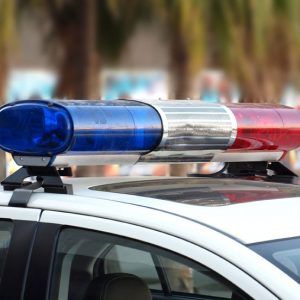For a number of years, I have served as the hearing officer in Coroner’s Inquests in Contra Costa County and a few other Northern California counties. I am often asked to explain the process. In doing so, more often I discuss what it is not, rather than what a Coroner’s Inquest actually entails.
In most counties in California, the elected sheriff is also the elected coroner. That is the case in Contra Costa County, where a Coroner’s Inquest is held in all cases involving a death related in any way to law enforcement.
That means when an inmate in county jail dies in his sleep of natural causes, we have an Inquest. When a death involves a police shooting, a fatal car chase, a suicide witnessed by law enforcement, a fight with officers resulting in a death, a Coroner’s Inquest is held.
Keep in mind the sheriff coroner can order an Inquest for any death, even if there is no law enforcement connection. But in all cases involving law enforcement, an Inquest is conducted.
By law in California, all deaths are categorized by one of four modes or manners of death: Natural Causes, Suicide, Accident and At the Hands of Another Other Than By Accident. One can readily see how those four modes fit all deaths.
The fellow who died of a heart attack while sleeping in his cell would fit “Natural Causes.” The fellow who purposely jumped in front of a moving big rig when officers were checking on his safety on the freeway, committed “Suicide.” The cyclist who was hit and accidently run over by a patrol car, died of an “Accident.” And the person who was shot and killed by a police officer, typically died “At the Hands of Another, Other Than By Accident.”
The latter category might be “Suicide by Cop” when the evidence supports such a finding.

In a Coroner’s Inquest, the hearing officer conducts the jury voir dire, presents all the witnesses, questions all the witnesses and reads the jury instructions to the jury. It is not an adversarial proceeding. It is designed to put into the open the circumstances of the death of a human being. It does not assign fault, either criminal or civil, to anyone. Not to the decedent, nor to the involved officer or officers. That is for a different venue.
We often hear there is a lawsuit related to the same death as is presented in a Coroner’s Inquest. The two are completely unrelated, legally. It is however, often the first time a family hears the circumstances surrounding the death of their loved one.
Contra Costa County has a very sophisticated and robust system for investigating any law enforcement-related fatalities. That system is regularly referred to as LEIFI, or the Law Enforcement Involved Fatal Incident protocol. When an officer-involved fatal incident occurs, the District Attorney’s Office takes charge and partners with the venue agency. It may be that more than one police agency is involved. Teams are immediately assigned and a very thorough investigation is conducted.
The involved officers are sequestered, witnesses are contacted and interviewed, any video or audio recordings are gathered, an autopsy and background checks are conducted, the family is interviewed, toxicological studies are conducted and much more.
The Coroner’s Inquest is designed to put into the open all the circumstances surrounding the death and all aspects of the investigation. And that is precisely what happens at a Coroner’s Inquest.
http://cclawyer.cccba.org/2015/03/coroners-inquests/